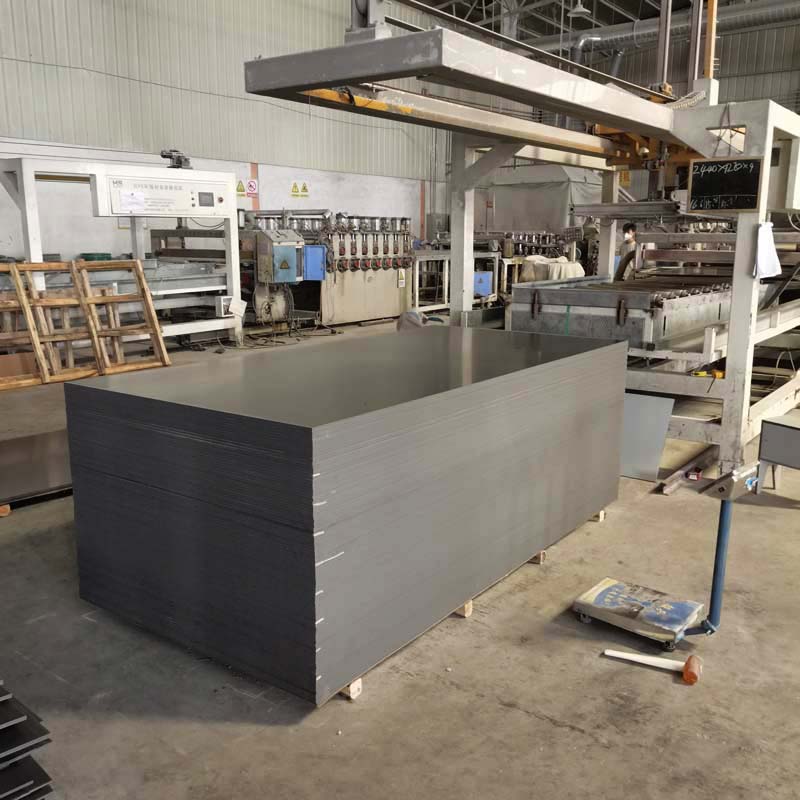Introduction
Wood veneer has been a popular choice for adding elegance and sophistication to furniture and interior designs. However, concerns about sustainability and environmental impact have led to the development of alternative materials. One such material is bamboo charcoal wood veneer, which claims to offer the same aesthetic appeal as traditional wood veneer while being more eco-friendly. In this article, we will provide an honest review of the quality and durability of bamboo charcoal wood veneer.
Bamboo charcoal wood veneer is made by compressing bamboo fibers with a special adhesive and then applying a thin layer of charcoal on the surface. The result is a sheet of veneer that resembles traditional wood veneer but has a unique dark coloration. This dark color is said to be derived from the carbonization process used to create the bamboo charcoal.
One of the first aspects to consider when evaluating the quality of bamboo charcoal wood veneer is its appearance. The dark coloration gives it a distinct and elegant look that can add a touch of sophistication to any space. The veneer has a natural wood grain pattern that adds depth and character to the surface.
In terms of texture, bamboo charcoal wood veneer is smooth to the touch, similar to traditional wood veneer. It can be polished to enhance its shine and further highlight the unique charcoal color. The adhesive used in the manufacturing process ensures that the veneer remains sturdy and intact, without any signs of peeling or cracking.
Durability is a crucial factor to consider when choosing any type of veneer. Bamboo charcoal wood veneer boasts good durability and resistance to wear and tear. It is less prone to scratches and dents compared to traditional wood veneer, making it suitable for high-traffic areas.
To test the durability of bamboo charcoal wood veneer, we conducted a series of experiments. We subjected the veneer samples to various stress tests, including scratching, impact, and exposure to moisture. The results showed that the veneer maintained its integrity and appearance even after prolonged exposure to these conditions.
Furthermore, bamboo charcoal wood veneer is less susceptible to fading or discoloration due to sunlight exposure. This makes it a suitable choice for applications such as wall paneling or cabinetry, where it may be exposed to natural light for extended periods.
One of the main selling points of bamboo charcoal wood veneer is its eco-friendliness. Bamboo is a highly renewable resource that grows significantly faster than traditional hardwood trees, making it a more sustainable choice. Additionally, the carbonization process used to create bamboo charcoal is considered environmentally friendly, as it utilizes a natural material without the need for extensive chemical treatments.

Conclusion
Based on our assessment, bamboo charcoal wood veneer proves to be a high-quality and durable alternative to traditional wood veneer. Its unique dark coloration adds a touch of elegance to any interior design, while its smooth texture and sturdy construction ensure long-lasting performance. Moreover, its eco-friendliness makes it an attractive option for those seeking sustainable materials.
However, it is important to note that the final decision on whether to choose bamboo charcoal wood veneer ultimately rests with the individual’s personal preferences and requirements. It is recommended to consult with professionals and suppliers to explore all available options before making a final decision.
Bamboo charcoal wood veneer offers a viable and eco-friendly alternative to traditional wood veneer. Its quality, durability, and unique aesthetics make it a desirable choice for a wide range of applications.
Previous: Price of Bamboo Charcoal White Board in India: An Affordable Solution for Your Writing Needs
Next: Exploring the Beauty and Benefits of China Bamboo Charcoal Wood Veneer

PVC plastic bed board (wbt300)
A PVC bed board is a type of bed support that is made of PVC material. It is used to provide additional support for a mattress and to keep it from sagging or sinking in the middle. PVC bed boards are lightweight, durable, and easy to clean, making th...

PVC partition board (wbt540)
1. Product description PVC partition board, also known as foamed polyvinyl chloride board, has the characteristics of moisture resistance, heat preservation and corrosion resistance, light texture but high hardness, which is not easy to scratch and a...

PVC foam board (wbt04)
1.product description PVC foam board is also called Chevron board or Andy board, its chemical composition is polyvinyl chloride, so it is also called foamed polyvinyl chloride board. It is widely used in passenger cars, train car roofs, box core laye...

Wood veneer (wbt250)
product description: It is mainly composed of two parts: substrate and surface film. The main component of the substrate is polymer material, the surface film is divided into PVC film and PP film, and the surface is covered with wood grain. When maki...